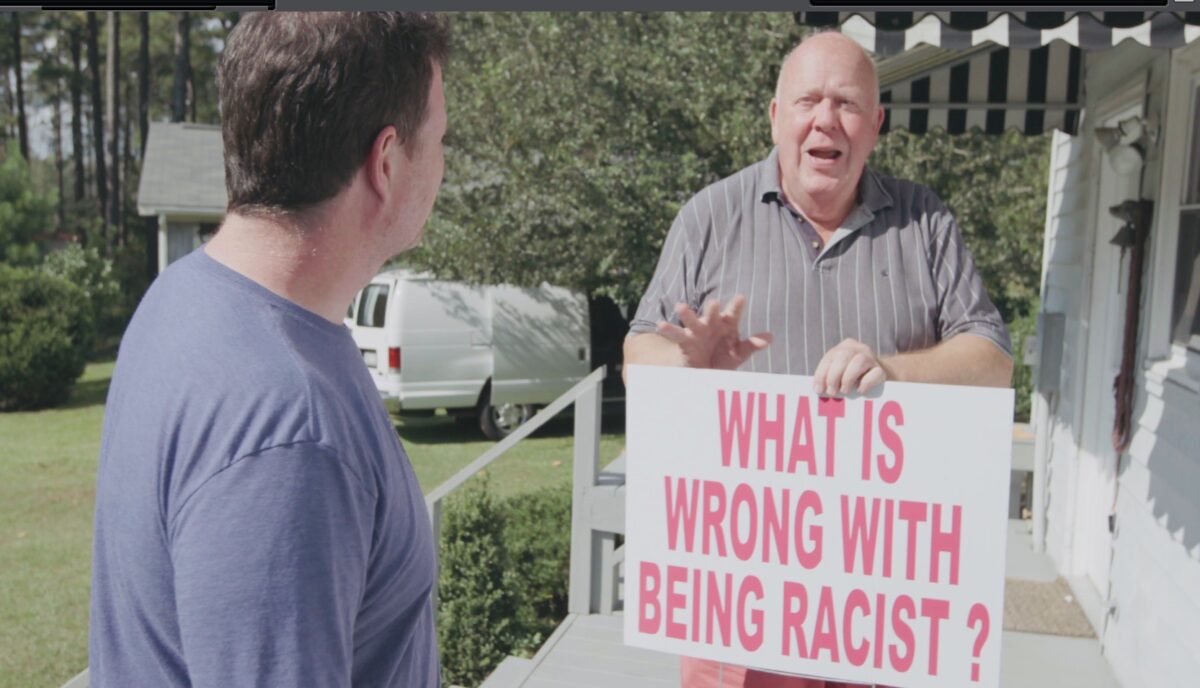The coronavirus pandemic has been with us for about four months, sickening and killing people and disrupting economies around the world. In all probability, years will elapse before it is finally eradicated.
An equally deadly virus, which mutates across borders and cultures and has caused the deaths of millions of people, has endured for centuries.
It is known as antisemitism, a malicious conspiracy theory that scapegoats Jews for all the ills and troubles that beset societies, from the Black Plague in the 14th century to robber baron capitalism in the 19th century. It’s rooted in the idea that Jews are intrinsically evil.
American filmmaker Andrew Goldberg examines this perennial phenomenon in a one hour and twenty minute documentary, Viral: Antisemitism in Four Mutations, which is to be broadcast on the PBS network on Tuesday, May 26 at 9 p.m.
Goldberg examines this enduring form of hatred graphically against the backdrop of rising global antisemitism and anti-Zionism. He starts in the United States, moves on to Hungary, and then investigates its migration into the far left in Britain and into the ranks of Islamic radicalism in France.
There are no shocking disclosures or original observations, just a steady drip of useful information that places the topic in its proper perspective. Viewers who are not up to speed about it will find this film of considerable interest.
He launches his investigation with the deadliest antisemitic rampage in American history, the Tree of Life Synagogue attack in Pittsburgh on October 27, 2018 which resulted in the murder of 11 worshippers. The killer, a 46-year-old neo-Nazi, regarded Jews as the children of satan and blamed Jewish organizations for encouraging the immigration of non-whites into the United States.
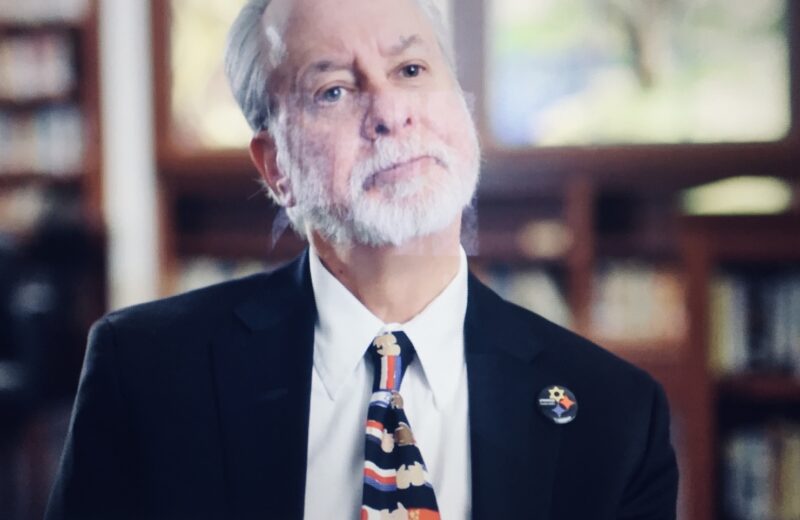
Rabbi Jeffrey Myers, the synagogue’s spiritual leader, fatalistically believes that this assault on a Jewish community was inevitable because a small minority of Americans regard Jews as unsavory foreigners. By one estimate, 10 percent to 12 percent of Americans hold strong antisemitic views.
Goldberg also interviews Russell Walker, a retired engineer who ran for a seat in North Carolina’s legislature. A white supremacist, he believes that Jews were created to destroy the “white Christian nation.” Walker lost the election, but 37 percent of the electorate voted for him, a disturbing commentary on public opinion in this southern state.
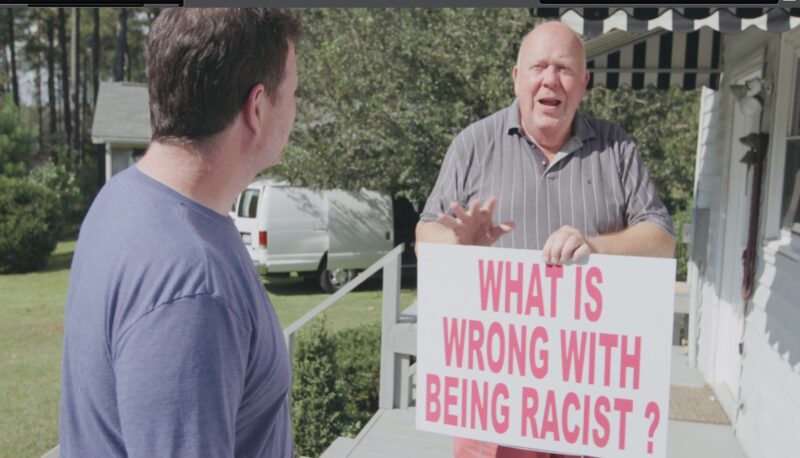
Bill Clinton, the former president, argues that antisemitism, driven by anxiety and anger, has gone viral on the internet.
Goldberg believes that the “Make American Great Again” campaign slogan advanced by the current president, Donald Trump, has been leveraged by white nationalists in general and by the alt-right in particular.
Richard Spencer, one of the alt-right’s chief ideologues, dismisses the notion that Trump is a white nationalist, but adds, “We were connected to Trump on a psychic level.”
Trump’s critics claim he has tolerated antisemitism by failing to condemn it or by resorting to dog whistles.

In Hungary, whose pro-Nazi collaborationist regime facilitated the murder of more than 400,000 Jews in Auschwitz-Birkenau in 1944, Prime Minister Viktor Urban demonizes the Hungarian-born Holocaust survivor and U.S.-based financier George Soros.
Urban and his conservative supporters smear Soros, a liberal, with the unsubstantiated claim that he seeks to destroy Hungary by means of encouraging a massive influx of Muslim migrants. Urban, in his speeches and campaigns, avoids mentioning Jews out of concern of being branded an antisemite, says Goldberg.
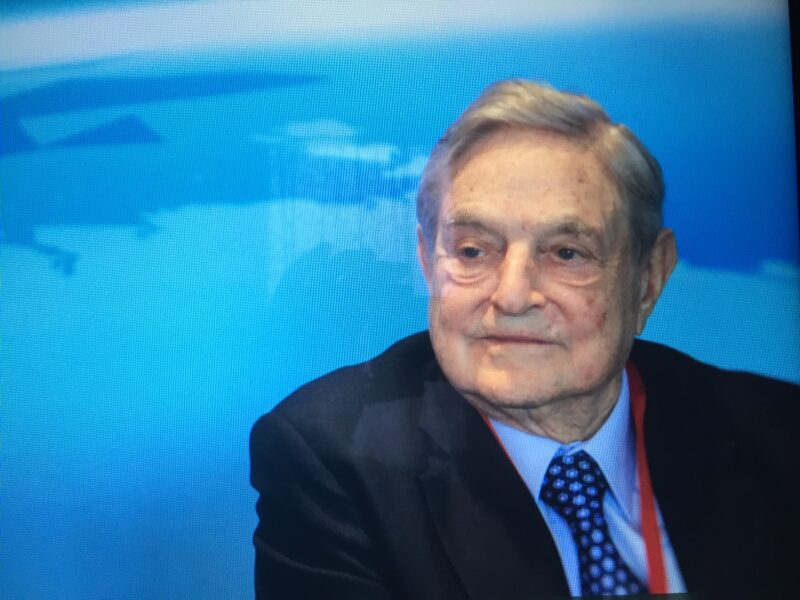
Goldberg, in the third part of his film, discusses the travails of the left-of-center Labor Party after its former leader, Jeremy Corbyn, was accused of tolerating antisemitism within its membership and backbenchers. Corbyn, who resigned recently, is portrayed as a politician from the party’s far-left fringe who was deeply hostile to Israel and regarded Hezbollah and Hamas as “friends.”
Several of his critics, including Luciana Berger and Margaret Hodge, resigned from the party in protest over its toleration of anti-Jewish tropes and its pro-Palestinian stance. Blair, the party’s ex-leader and former prime minister, concedes it was difficult to disentangle old forms of antisemitism from far-left antisemitic rhetoric during the Corbyn era.
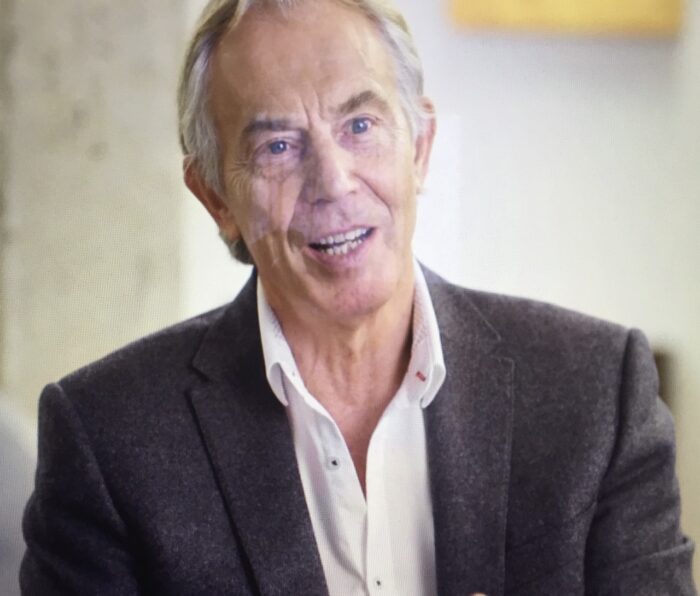
In conclusion, Goldberg travels to France to gauge the relationship between Islamic radicalism and antisemitism. France is an important testing ground due to its large Jewish and Muslim populations.
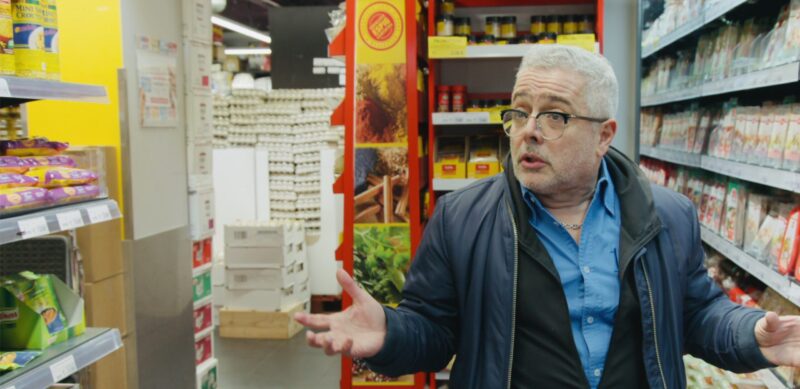
Goldberg focuses on two French Jews, Jean-Luc Slakmon and Valerie Braham, both of whom were directly affected by a violent incident in a kosher supermarket in Paris on January 9, 2015. On that day, an Islamic extremist and Islamic State sympathizer burst into the store and murdered four Jewish shoppers. Slakmon was traumatized by the event, while Braham lost her husband, Philippe, in the attack.
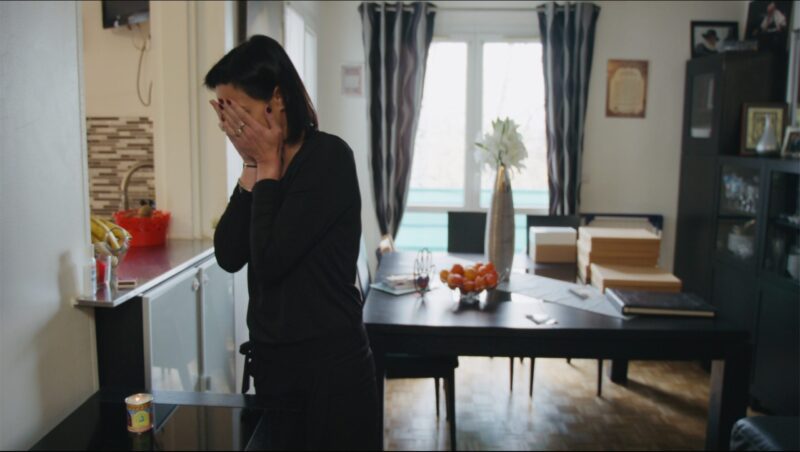
This was hardly the first crime of its kind committed by French Islamic radicals. In Toulouse, a Jewish day school was attacked, resulting in the deaths of several students and a rabbi, and in Paris, an elderly Jewish woman was killed after being stabbed and thrown from her balcony.
The brother of the Toulouse assailant, whose family emigrated from Algeria, discloses they were raised to hate Jews, who are seen as oppressors due to the Arab-Israeli conflict.
Gunther Jikeli, a German scholar affiliated with the Institute for the Study of Contemporary Antisemitism in Berlin, claims that 75 percent of antisemitic incidents in France are not even reported.
If Jikeli is correct, the problem posed by antisemitism in France runs deeper than most people think.
